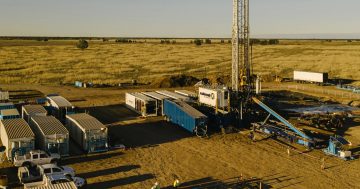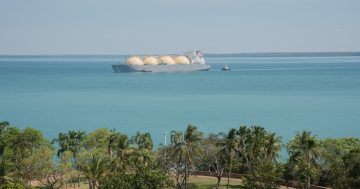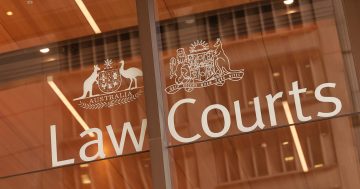 Canberrans are to be empowered to reduce their carbon footprint with the release of a new report from the Office of the Commissioner for Sustainability and the Environment.
Canberrans are to be empowered to reduce their carbon footprint with the release of a new report from the Office of the Commissioner for Sustainability and the Environment.
In the Report, Scope 3 Greenhouse Gas Emissions in the ACT, Commissioner for Sustainability and the Environment, Sophie Lewis said her investigation estimated the community’s indirect greenhouse gas emissions from goods and services which were brought in from outside the Territory.
These types of emissions, known as scope 3 emissions, include emissions to transport goods into the ACT and emissions that result from food production, building materials, clothing and other consumables.
Dr Lewis said the Report was globally ambitious and the first to measure and account for scope 3 emissions for a city.
“Scope 3 emissions represent most greenhouse gas emissions in the ACT, 93.6 per cent of the ACT’s total carbon footprint,” she said.
“The remainder are scope 1 emissions; as scope 2 emissions were reduced to zero when the ACT achieved 100 per cent renewable energy supply in 2020.
“The results of the analysis show that ACT is a consumer (not producer) Territory and demonstrate the essential need to account for and act to reduce scope 3 emissions.”
Dr Lewis said approximately 30 per cent of the ACT’s scope 3 emissions originated outside of Australia and more than 50 per cent originated from Queensland, New South Wales and Victoria combined.
The Commissioner said product groups with the highest scope 3 emissions were transport, postal and warehousing services; food; retail trade; construction; public administration and safety; and manufacturing.
“Households account for almost 60 per cent of the ACT’s scope 3 emissions, followed by Government operations and finally businesses, stressing the key role consumers can play in reducing scope 3 emissions,” she said.
“Therefore, the Report provides further information for end consumers about the potential impacts our individual choices have on greenhouse gas emissions.”
Dr Lewis said the Report offered suggestions on how people could significantly reduce carbon footprints, such as decreasing consumption and waste and finding out where the products they purchased came from.
The Commissioner said most Government scope 3 emissions came from buildings and leased assets, with the remainder from goods and services.
“These contributions could be reduced through targeted sustainable procurement, reductions in office space, setting carbon performance targets in buildings and estimating and reducing the carbon footprint of proposed ACT infrastructure,” she said.
Dr Lewis made 12 recommendations to Government around the ACT’s ongoing leadership on climate action; Government operations; households; and planning, construction and infrastructure.
She also recommended that scope 3 reductions should accompany the ACT’s 2045 target of net zero emissions for scope 1 and scope 2 emissions.
The Office’s 97-page Report can be accessed at this PS News link.











